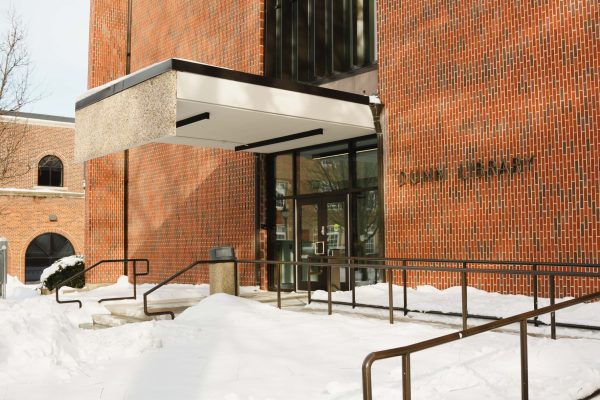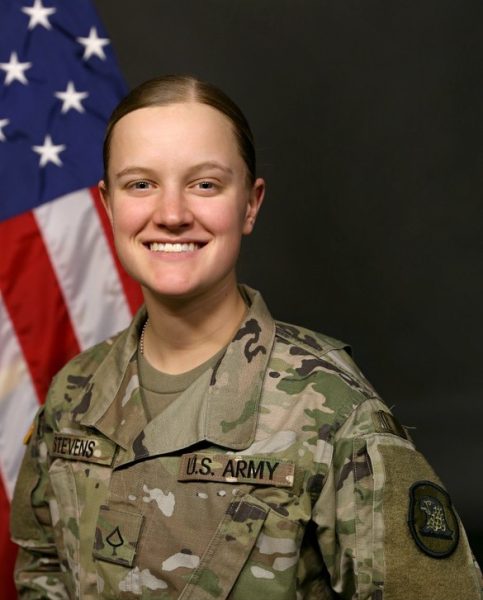New accreditation regulations means more information for students
October 1, 2011
Professors and students are finding a new element in the syllabuses this semester: an hourly breakdown.
The Commission on Institutions of Higher Education has reviewed the new curriculum to ensure that it is meeting the required standards. The accrediting agency has called for revisions to the syllabus as the school moves from 3 credits to 4 credits per class.
“We have, over the years, felt it would be a good idea to provide more and more information to the students as they take classes,” senior vice president and academic dean, Steve Griffith said.
This is typically done within the syllabus.
Since the college has officially moved into the Engaged Citizenship Curriculum, the accrediting agency is requiring the college to break down how each hour of the class is to be spent. This is now required in order to prove how the extra credit per class will be earned.
Each professor is responsible for including this new requirement within their syllabus. Students should be reminded that the calculations are merely, as Griffith said, a “best guess” to help them get a better idea of what is expected from them.
“Another thing students need to know is that this is an estimate average,” Griffith said. “Some people read faster than others and write papers more quickly than others.”
Senior Katie Morrissey agrees with Griffith, but finds it unnecessary to tell students how long they would be working on assignments.
“I personally think it adds some unneeded information,” Morrissey said. “We already know how much time we should be spending on everything and know the amount of class time we have.”
However, there are clear advantages to be found with this additional requirement.
Bob Nutgrass, professor of sport science and health education, believes that this opportunity will help students obtain a better understanding of embedded skills within their major.
“It also benefits the students because professors have to think hard about how many hours they can realistically expect from students,” Griffith said.
Students are not the only ones affected by this change. Professors are also adjusting by examining how many hours the students are actually putting into their class.
“(The professors) are including the breakdown of hours we are spending in each class,” junior Ashley Myers said. “I think it’s a good idea because it helps us to know where our time needs to be spent.”
Faculty and students are learning to adjust to this change and to make the most out of it.
Nutgrass believes that the change may be difficult at first, but will become more normal in the semesters to come.
Students are encouraged to use the additional information in their studies to become more well-rounded individuals and have a sense of direction in their career path.















